What's your plan for early peppers?
cole_robbie
9 years ago
Related Stories
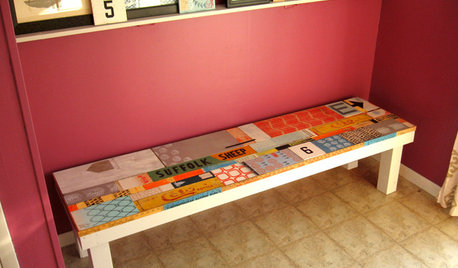
HOLIDAYS5 DIY Holiday Gifts to Start Early
Handmade gifts for the home can be the most meaningful of all, but a rushed DIY project can bring on stress and mistakes
Full Story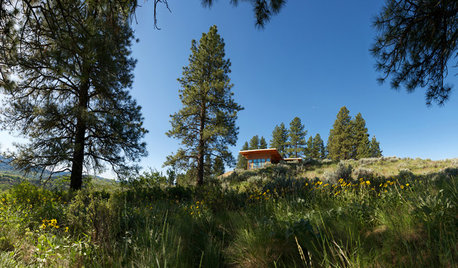
REMODELING GUIDESWhen Retirement Came Early, a Couple Headed for the Hills
A Seattle pair turn their part-time home into a full-time one, remodeling it to gain views and help it stand up to snow, sun and wind
Full Story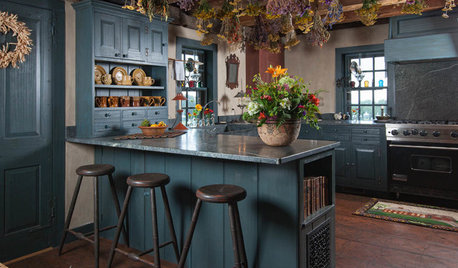
HOUZZ TV FAVORITESHouzz TV: See How Early Settlers Lived in This Restored Pilgrim House
Passionate restoration and preservation efforts give a 1665 home an honored place in the present
Full Story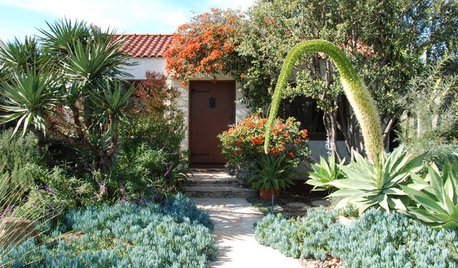
MY HOUZZMy Houzz: Early-California Style for a 1920s Home and Garden
Native plantings and flea market treasures fill the cozy live-work space of a Southern California landscape designer
Full Story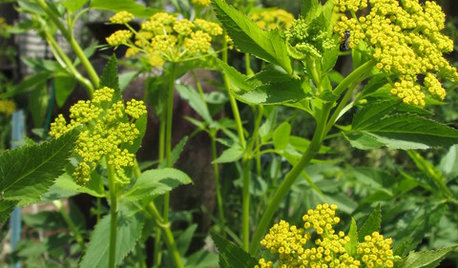
GARDENING GUIDESGreat Design Plant: Golden Alexanders for Early Spring Color
Get sunny flowers while other garden growers are still asleep, with this adaptable prairie plant beloved by butterflies
Full Story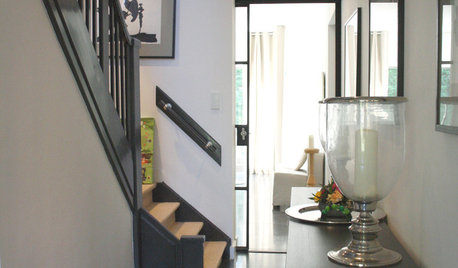
HOUZZ TOURSMy Houzz: Early 20th Century Meets Contemporary
Modern and ethnic touches blend effortlessly in this renovation of a 1920s home in The Hague
Full Story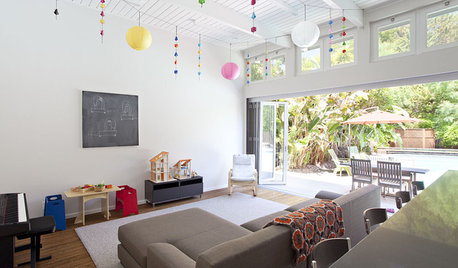
HOUZZ TOURSHouzz Tour: An Early Eichler Home Expands
A tight-fitting family home finds breathing room with a new wing, including a respectfully remodeled kitchen and an added family room
Full Story
GARDENING GUIDESWhat Are Your Spring Gardening Plans?
Tearing out the lawn? Planting edibles? Starting from scratch? Tell us what you plan to change in your garden this year
Full Story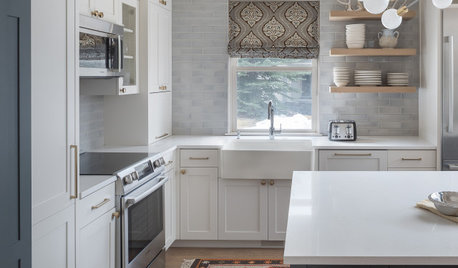
ORGANIZING7-Day Plan: Get a Spotless, Beautifully Organized Kitchen
Our weeklong plan will help you get your kitchen spick-and-span from top to bottom
Full Story
GARDENING GUIDESHow to Switch to an Organic Landscape Plan
Ditch the chemicals for a naturally beautiful lawn and garden, using living fertilizers and other nontoxic treatments
Full StorySponsored
Leading Interior Designers in Columbus, Ohio & Ponte Vedra, Florida






randy41_1
little_minnie
Related Professionals
Fillmore Landscape Architects & Landscape Designers · Lowell Landscape Architects & Landscape Designers · Norton Shores Landscape Architects & Landscape Designers · Port Royal Landscape Architects & Landscape Designers · Medford Landscape Contractors · Edmond Landscape Contractors · Fort Payne Landscape Contractors · Longview Landscape Contractors · Paramount Landscape Contractors · Ponte Vedra Beach Landscape Contractors · Waipahu Landscape Contractors · Hueytown Landscape Contractors · Ansonia Landscape Contractors · Herriman Solar Energy Systems · Lake Mary Solar Energy SystemsSlimy_Okra
jrslick (North Central Kansas, Zone 5B)
jrslick (North Central Kansas, Zone 5B)
jrslick (North Central Kansas, Zone 5B)
jrslick (North Central Kansas, Zone 5B)
cole_robbieOriginal Author
barrie2m_(6a, central PA)
cole_robbieOriginal Author
Mark
jrslick (North Central Kansas, Zone 5B)
renais1
barrie2m_(6a, central PA)
Mark
cole_robbieOriginal Author
barrie2m_(6a, central PA)
jrslick (North Central Kansas, Zone 5B)
Mark